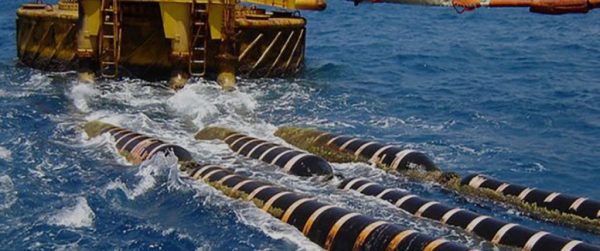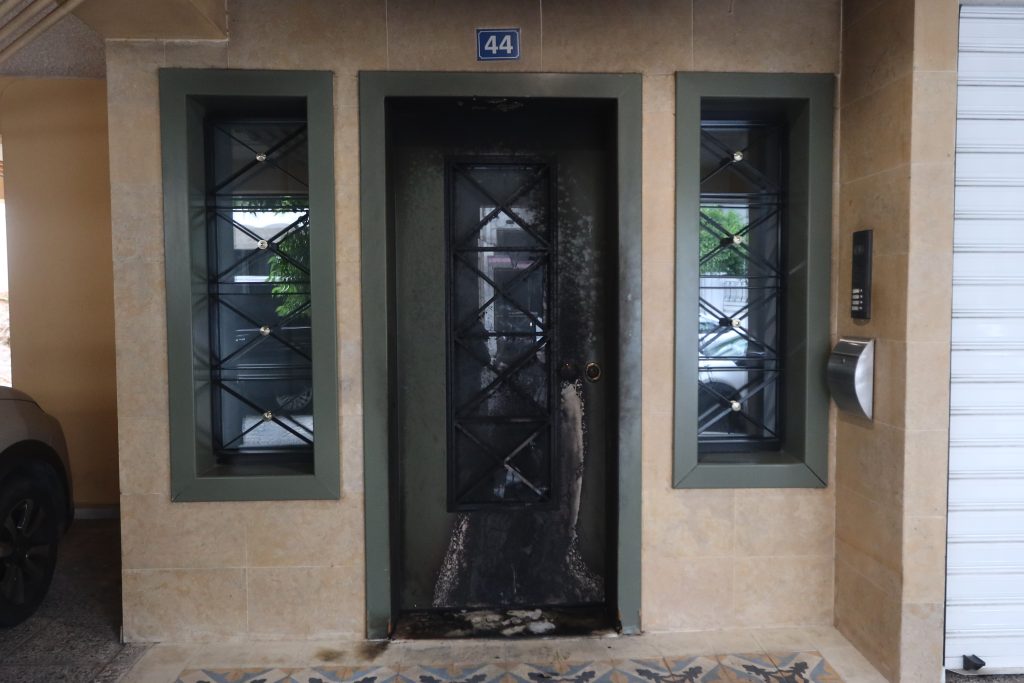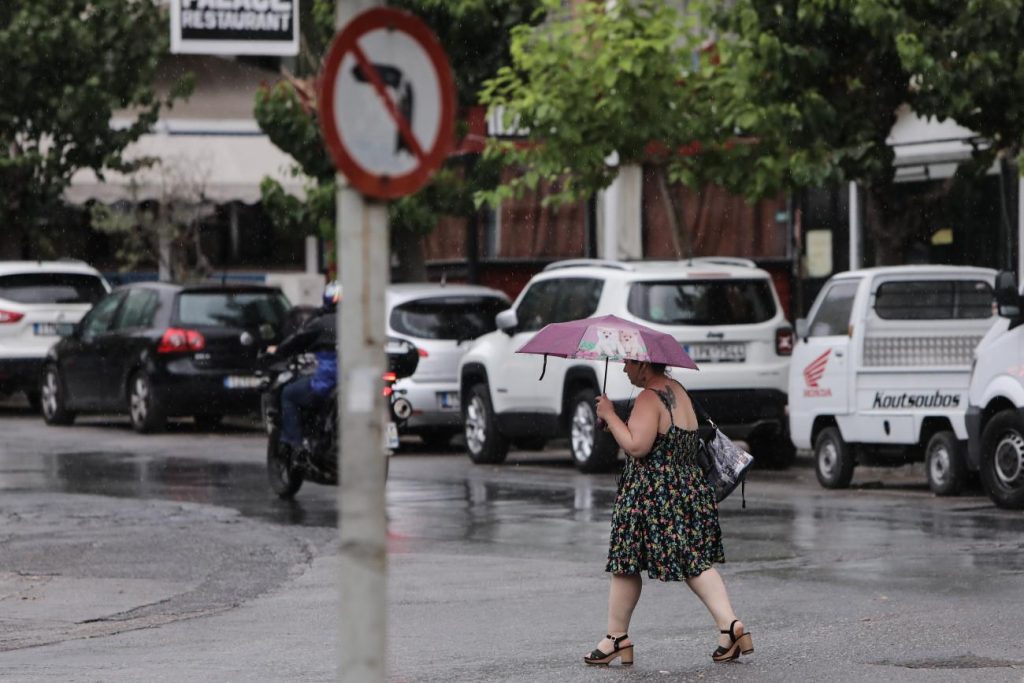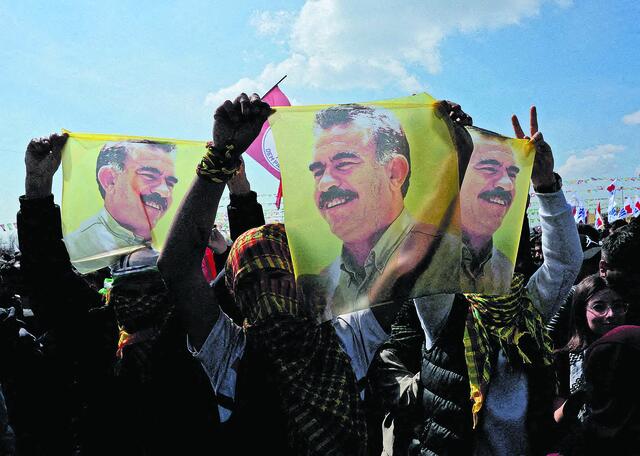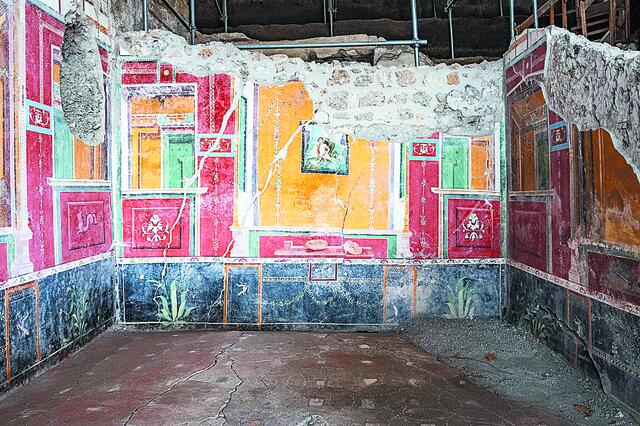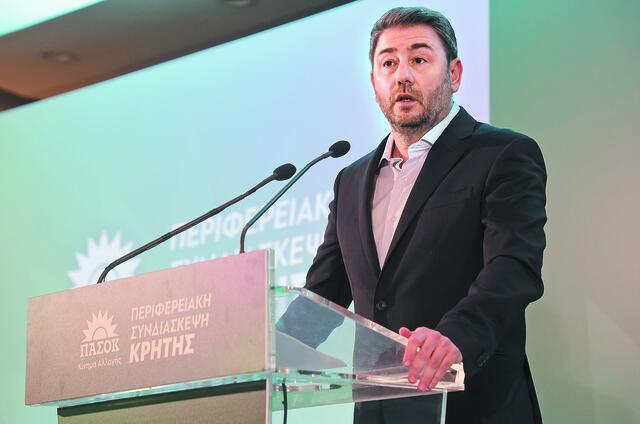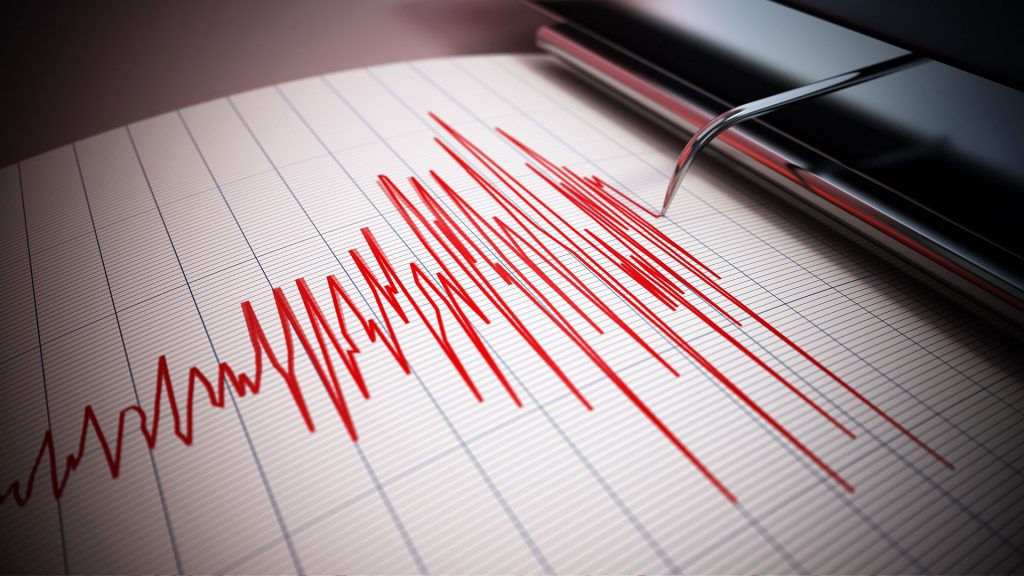The main dish on the menu at the working lunch between Prime Minister Kyriakos Mitsotakis and Bank of Greece Governor Yannis Stournaras yesterday was the state of the Greek banking system and the “Iraklis II” plan.
The government has repeatedly underlined that the plan aims to reduce the percentage of NPEs (non-performing exposures) to a single-digit number by 2022 at latest.
The parliamentary vote on approval of the law on the plan’s implementation is expected before Easter.
The government divs that due to the extension of “Iraklis” Greek banks will soon have a small share of unserviced loans – under 10 percent – and that will help them carry out their duty toward society, which is to act as a lever of growth and to support investments.
At the beginning of April Moody’s upgraded the outlook for Greek banks from stable to positive. That move was viewed as a signal to markets that Greek banks despite the high level of NPEs have been upgraded despite the impact of the pandemic.
The conditions in which the Greek banking system is now operating are better than they have ever been in the last years.
An absolutely necessary restructuring will allow banks to play their role in the restructuring of the entire Greek economy.
Everyone – including politicians, citizens, and bankers – agree that it is crucial to provide liquidity to banks at a time when Greece is taking its first steps toward exiting the economic crisis wrought by the public health crisis.




